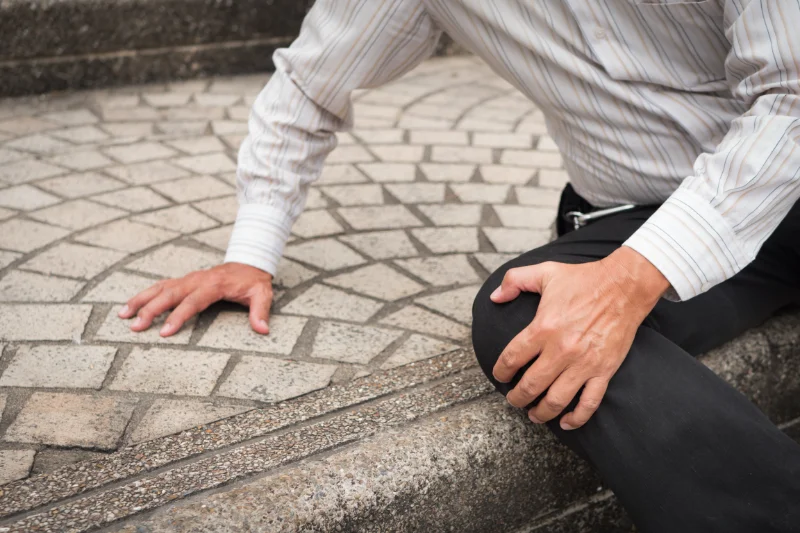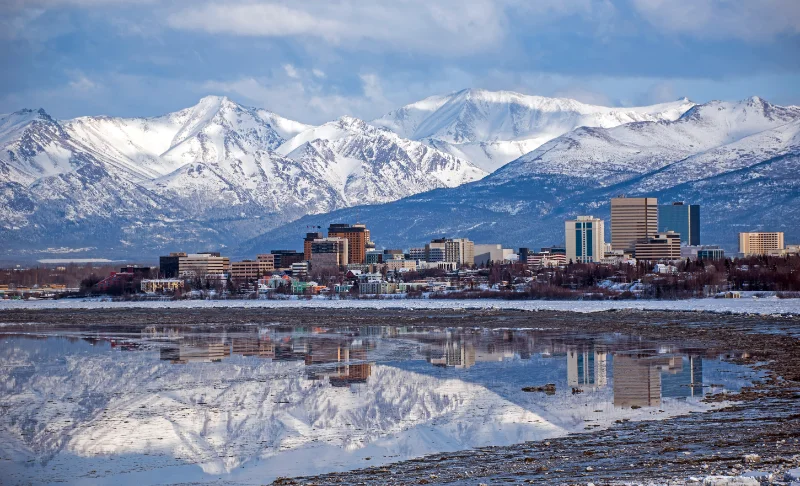“I’M OKAY!” How many times have we taken a spill and immediately said that because it’s embarrassing to fall down? Despite this knee-jerk reaction to taking a spill, however, slip and fall injury events are all too common, often very serious, and almost always preventable. Sadly, slip and fall accidents are a common occurrence in Alaska, especially during icy weather. While most of these incidents may seem minor at first glance, they can cause serious injuries that require medical attention. According to the Centers for Disease Control and Prevention, one in five falls results in severe injuries such as head trauma or broken bones.
If you have been hurt in a slip and fall accident in Anchorage or other parts of Alaska, you need to understand your legal rights and discuss your best course of action with an experienced personal injury attorney. As a slip and fall accident attorney at the Law Office of Jason Skala, LLC, I represent victims who slipped and fell on someone else’s property in Anchorage and surrounding areas, including Barrow (Utqiagvik), Kotzebue, and Bethel.
Determining Liability After a Slip and Fall
Knowing who is liable in these types of situations will help individuals obtain justice when faced with this unfortunate type of incident. It is essential to speak with a slip and fall accident attorney in Anchorage, Alaska, to assist you with determining liability in your particular case.
Understanding who is liable for slip and fall accidents is important in order to pursue legal action if necessary.
Potentially liable parties include:
The property owner
The property owner or the person responsible for maintaining the area where the accident occurred may be held liable if it can be proven that they were negligent in their duties and did not take reasonable steps to ensure safety. In order to prove liability, it must be established that the property owner was aware of or should have been aware of a hazardous condition on their premises but failed to address it in a timely manner. Examples of hazardous conditions include wet floors, broken stairs, and uneven sidewalks, among others.
The business owner
Business owners who allow customers onto their premises are required by law to maintain a safe environment for their patrons. If a slip and fall accident occurs while someone is on a business property due to negligence on behalf of the business owner or employees (e.g., inadequate staff training or supervision), then they can be held liable for damages caused by the incident.
The government entity
Government entities such as municipalities or state agencies are responsible for keeping public spaces safe from hazards such as potholes, icy walkways, broken handrails, etc., so they can often be held liable if it can be shown that they knew about a hazard but failed to address it in an appropriate amount of time. It is important to note that there is typically a limited amount of time one has to file a claim against government entities after an accident has occurred, so it’s essential to act quickly if you want to pursue compensation.
The injured person
The injured person may also be found liable for their own injury if it can be proven that they were reckless or careless in some way leading up to the incident (e.g., running through an area known for being slippery, wearing 6-inch acrylic heels on an icy day, etc.). This type of situation is rare but possible, which is why it’s important for all parties involved to know their rights and responsibilities when dealing with slip and fall accidents.
Comparative Fault in Alaska
The state of Alaska follows a pure comparative negligence theory when determining how much fault each party holds in an accident. This means that even if an injured person is partially negligent—for instance, they were distracted while walking and weren’t paying attention—they may still be able to recover damages from another party who was also at fault.
However, the amount of damages they receive will be reduced according to their own degree of fault. For example, if an individual was 50% at fault for an accident, any damages awarded would be reduced by 50%.

